Lubbock Water Quality at a Glance
some concerns
Is Lubbock Water Safe to Drink?
Generally Yes, With Location-Specific Concerns – Most of Lubbock’s water meets federal standards and is supplied from diverse sources (58% groundwater, 42% surface water). However, areas near former Reese Air Force Base have elevated PFAS levels with PFHxS at 4.2x national averages. City-wide concerns include arsenic (2+ ppb), chromium-6 (932 ppt), and disinfection byproducts from water treatment processes.
⚠️ Key Concerns for Lubbock Residents
- PFAS Near Reese AFB: Private wells near former air base show 4.2x higher PFHxS levels; ongoing class action lawsuit
- Arsenic in Groundwater: Up to 2 ppb detected (below EPA limit of 10 ppb but above EWG health guideline of 1 ppb)
- Chromium-6: 932 parts per trillion – 46x higher than negligible cancer risk level
- Disinfection Byproducts: Chloroform and haloacetic acids from chloramine treatment increasing cancer risk
Read the full report below for detailed analysis, source-specific data, and actionable recommendations for Lubbock residents.
Lubbock – Texas – Water Quality Report 2025: PFAS Testing, Infrastructure Concerns & Safety across your city
Lubbock Water Utilities provides comprehensive water services to approximately 260,000 residents across the Lubbock metropolitan area and surrounding communities. As a municipal utility system established over a century ago, Lubbock operates a diversified water supply network that includes surface water from two major reservoirs and groundwater from multiple well fields. The system encompasses hundreds of miles of distribution lines and multiple treatment facilities that deliver an average of 37 million gallons of drinking water daily across West Texas’s Hub City.
Lubbock sources its drinking water through a strategic diversification plan designed to ensure long-term water security. The city receives approximately 58% of its water from the Roberts County Well Field (Canadian River Municipal Water Authority), 19% from Lake Alan Henry, 13% from the Bailey County Well Field, and 10% from Lake Meredith. This multi-source approach helps Lubbock maintain water supply reliability despite the challenges of operating in an arid climate with limited natural water resources. The utility consistently meets federal and state quality standards while investing in infrastructure modernization and conservation programs to sustain future water needs.
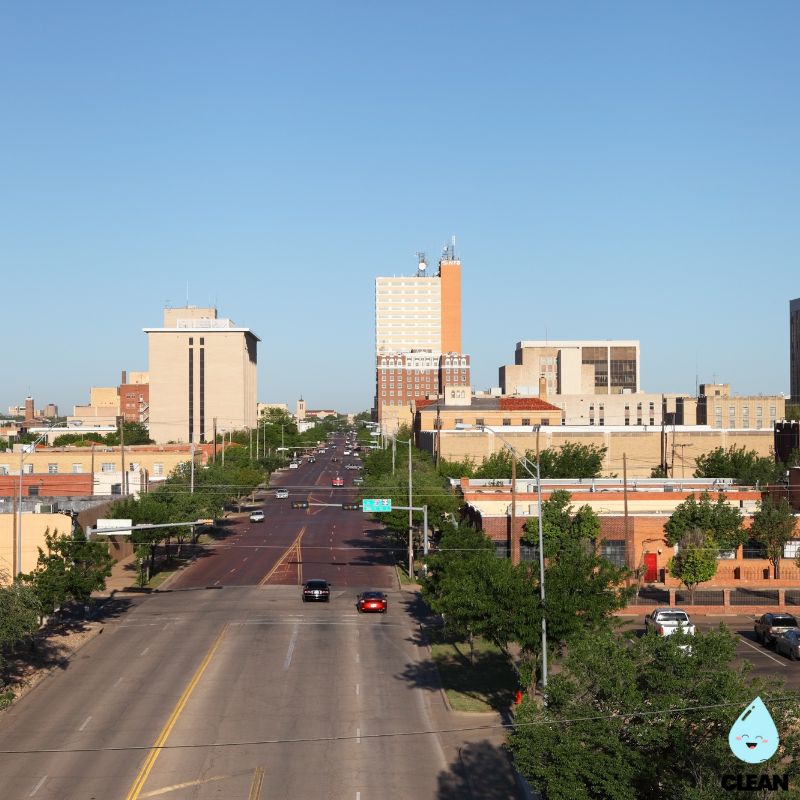
Lubbock Water Quality: Current Status (2024-2025)
Latest Testing Results
- Lead Service Line Inventory: According to recent reports, Lubbock Water Utilities has zero lead service lines throughout the community system, with full compliance with EPA Lead and Copper Rule Revisions.
- Comprehensive Monitoring: Lubbock conducts extensive water quality testing across all treatment facilities and distribution networks, with annual water quality reports published and available in both English and Spanish at mylubbock.us/waterqualityreport.
- Compliance Status: Lubbock’s water consistently meets or exceeds all federal and state drinking water standards, maintaining compliance with EPA and Texas Commission on Environmental Quality regulations.
Water Sources and Supply Strategy
- Roberts County Well Field: Primary water source providing 58% of Lubbock’s supply, managed by the Canadian River Municipal Water Authority and located approximately 160 miles northeast of Lubbock.
- Lake Alan Henry: Secondary surface water source providing 19% of supply, located 65 miles southeast of Lubbock with 30+ billion gallon capacity when full.
- Bailey County Well Field: City-owned groundwater source providing 13% of supply from the Ogallala Aquifer, with over 80,000 acres of water rights.
- Lake Meredith: Provides 10% of supply through the Canadian River Municipal Water Authority, serving as part of an 11-city regional partnership.
Advanced Treatment Facilities
- North Water Treatment Plant: Processes water from Lake Meredith and Roberts County Well Field using conventional treatment methods including coagulation, sedimentation, filtration, and chloramine disinfection.
- South Water Treatment Plant: Advanced facility treating Lake Alan Henry water with membrane filtration technology, designed for enhanced water quality treatment.
- Groundwater Treatment: Dedicated facility for groundwater treatment from Bailey County wells, ensuring consistent quality from all water sources.
Infrastructure and Conservation
- Pipeline Infrastructure: Ongoing investment in replacing aging infrastructure to reduce water loss and improve system efficiency across the distribution network.
- Water Loss Management: Active water loss reduction program with system monitoring and valve improvements to minimize waste in the arid West Texas environment.
- Conservation Programs: Year-round water conservation measures including outdoor irrigation restrictions and public education programs to ensure sustainable water use.
PFAS Monitoring and Concerns
Lubbock has identified PFAS contamination concerns, particularly in areas near the former Reese Air Force Base. CDC studies found residents in affected areas have PFHxS levels 4.2 times higher than national averages and PFOA levels 1.2 times higher. While city water systems generally meet current EPA guidelines, private wells near Reese AFB have shown contamination from decades of firefighting foam use. The Air Force has provided bottled water and filtration systems to affected residents, and ongoing class action lawsuits address the contamination. Lubbock continues monitoring and will implement treatment as needed when new federal PFAS regulations take effect.
Recommendations for Lubbock Residents
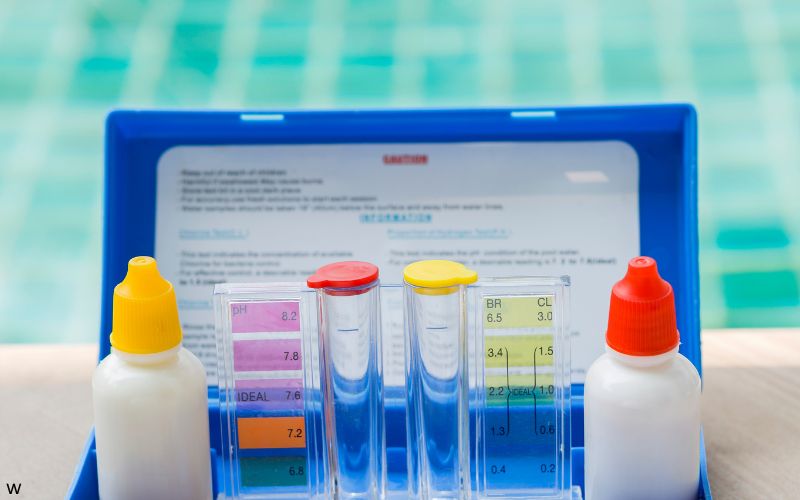
Request Water Testing
Contact Lubbock Water Utilities for water testing services, especially if you live near former Reese Air Force Base or in an older home. Visit mylubbock.us/waterqualityreport or call (806) 775-2588 for testing information and annual water quality reports.

Follow Water Conservation
Comply with Lubbock’s permanent water conservation measures: outdoor irrigation limited to specific days based on address (odd addresses: certain days; even addresses: alternate days), no watering 10am-6pm to reduce evaporation, and prevent runoff.

Consider Point-of-Use Filtration
Given concerns about arsenic (up to 2+ ppb), chromium-6 (932 ppt), and disinfection byproducts in Lubbock’s water, NSF-certified filters can provide additional protection for drinking and cooking water, especially for vulnerable populations.
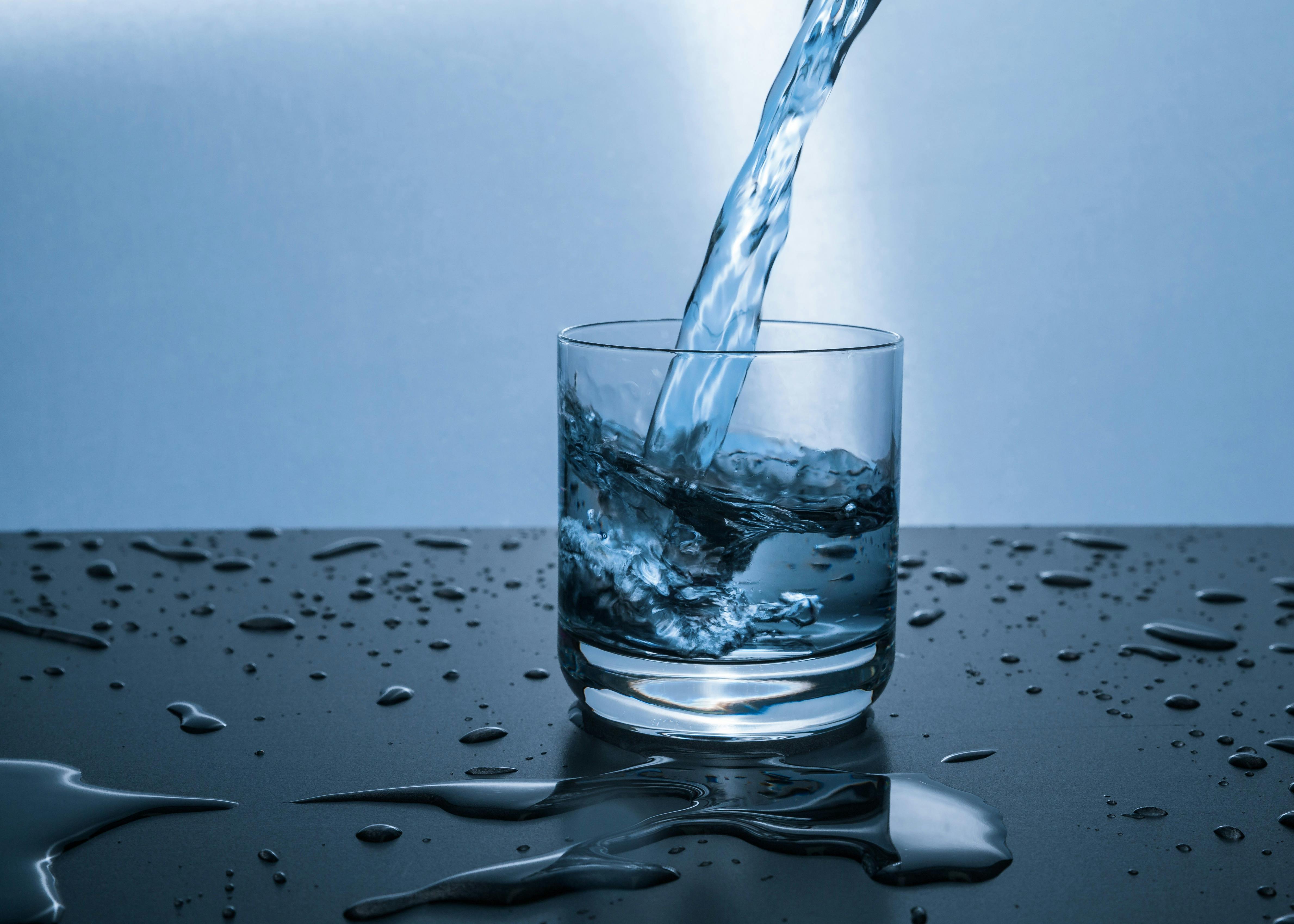
Stay Informed About PFAS
Monitor updates about PFAS contamination near former Reese Air Force Base and new EPA regulations. If you live in affected areas, continue using Air Force-provided water filtration systems and bottled water as recommended.

Report Water Issues
Contact Lubbock Water Utilities immediately at (806) 775-2592 for water main breaks, pressure problems, or quality concerns. Early reporting helps maintain system integrity and conserve precious water resources in West Texas.
Frequently Asked Questions
Is Lubbock’s tap water safe to drink?
Generally yes, Lubbock’s tap water meets federal and state drinking water standards. The city operates a diversified water supply system with multiple treatment facilities and regular quality monitoring.
However, there are location-specific concerns. Areas near former Reese Air Force Base have elevated PFAS levels, with residents showing blood levels 4.2 times higher than national averages for PFHxS. City-wide, concerns include naturally occurring arsenic (up to 2+ ppb), chromium-6 (932 ppt), and disinfection byproducts from water treatment processes. While the system meets current regulations, some contaminant levels exceed health organization guidelines.
What about PFAS contamination in Lubbock?
PFAS contamination is a significant concern in areas near former Reese Air Force Base, where firefighting foam was used for decades and contaminated groundwater.
• Affected Areas: Private wells near Reese AFB have shown PFAS contamination since 2017
• Health Impact: Residents in affected areas have PFHxS levels 4.2x higher and PFOA levels 1.2x higher than national averages
• Current Response: Air Force provides bottled water and filtration systems to affected residents
• City Water: Municipal water systems generally meet current EPA guidelines, but monitoring continues as new regulations are implemented
What about lead concerns in Lubbock?
Lubbock Water Utilities reports having zero lead service lines throughout the community water system:
• No lead service lines: Recent inventory confirmed no lead service lines in the distribution system
• Galvanized line management: Some properties have galvanized service lines that may contain lead components
• Treatment plant protection: Water leaving treatment facilities contains no lead and includes corrosion control measures
• Testing available: Residents concerned about household plumbing can request water testing
Lead concerns typically come from internal household plumbing in homes built before 1986, not from Lubbock’s water supply system.
What are Lubbock’s water restrictions?
Lubbock operates under permanent water conservation measures designed to maximize efficiency in West Texas’s arid climate:
Permanent Conservation Measures:
• Outdoor irrigation scheduling based on address (specific days vary by location)
• No outdoor watering between 10 a.m. and 6 p.m. to reduce evaporation losses
• Prohibition of water waste including runoff onto streets, sidewalks, or other impermeable surfaces
Drought Response:
During severe drought conditions, additional restrictions may be implemented including further limits on outdoor watering. Current water conservation status and any emergency restrictions are available through Lubbock Water Utilities at (806) 775-2592.
Quality News About Your Water
Get the comprehensive water quality news coverage you need with our dedicated US Water News Service. From coast to coast, we deliver in-depth reporting and expert analysis on PFAS contamination, EPA regulatory changes, infrastructure developments, and emerging water safety issues affecting communities nationwide. While mainstream media only covers the biggest stories, we provide the detailed, ongoing coverage that helps you understand the full scope of America’s water challenges. Whether you’re a concerned citizen, water professional, or community leader, our daily updates and analytical insights keep you informed about the issues that matter most to public health and environmental safety.
Contaminants of Concern
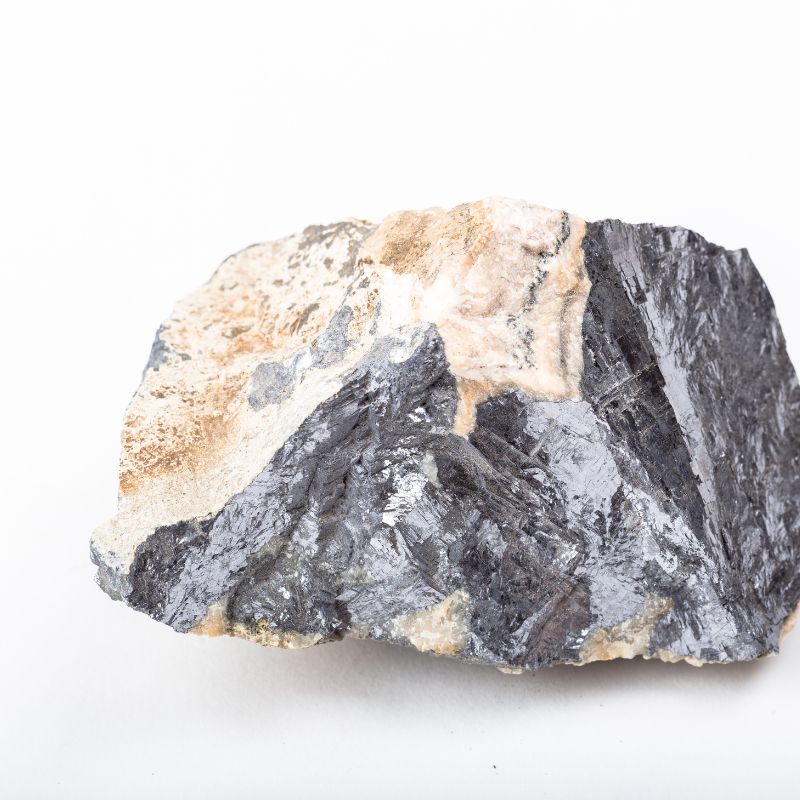
Arsenic
Source: Naturally occurring in West Texas soil and bedrock, particularly common in the Ogallala Aquifer groundwater that supplies the majority of Lubbock’s water
Health Effects: Known carcinogen that may increase risk of skin, bladder, lung, kidney, and prostate cancers with long-term exposure
Current Status: Detected at up to 2+ ppb in Lubbock’s water supply, complying with EPA standard of 10 ppb but exceeding EWG health guideline of 1 ppb

PFAS “Forever Chemicals”
Source: Contamination from former Reese Air Force Base firefighting foam use, affecting groundwater and private wells in surrounding areas
Health Effects: Associated with cancer, immune system damage, liver damage, reproductive issues, and developmental problems in children
Current Status: Residents near Reese AFB have PFHxS levels 4.2x higher than national averages; ongoing monitoring as new EPA regulations are implemented
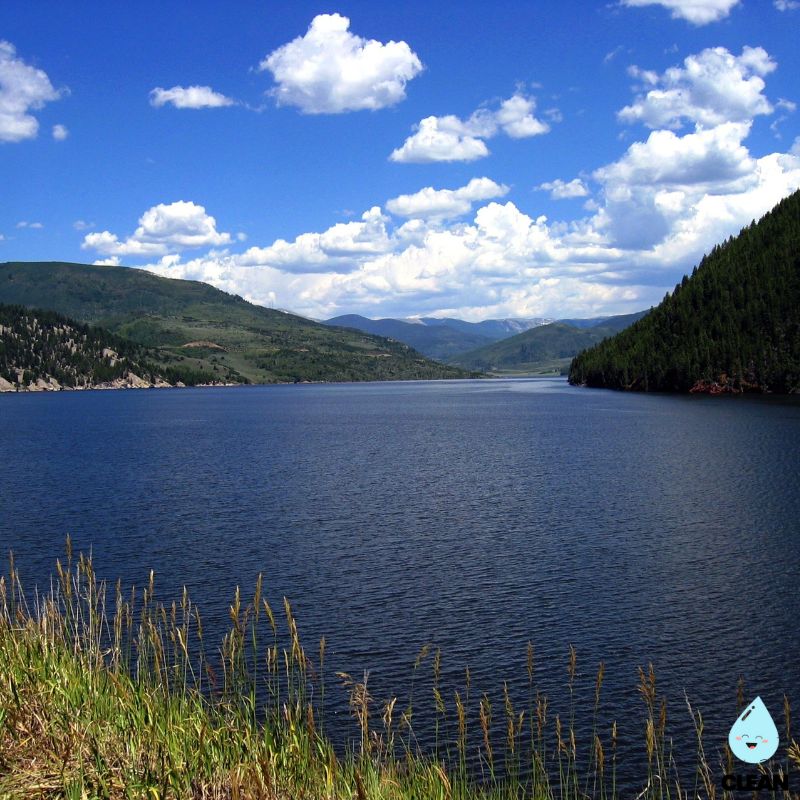
Chromium-6
Source: Naturally occurring in groundwater and surface water sources, concentrated through treatment processes
Health Effects: Probable human carcinogen linked to stomach cancer and other health issues with long-term exposure
Current Status: Detected at 932 parts per trillion in Lubbock’s water – 46x higher than the concentration with negligible cancer risk
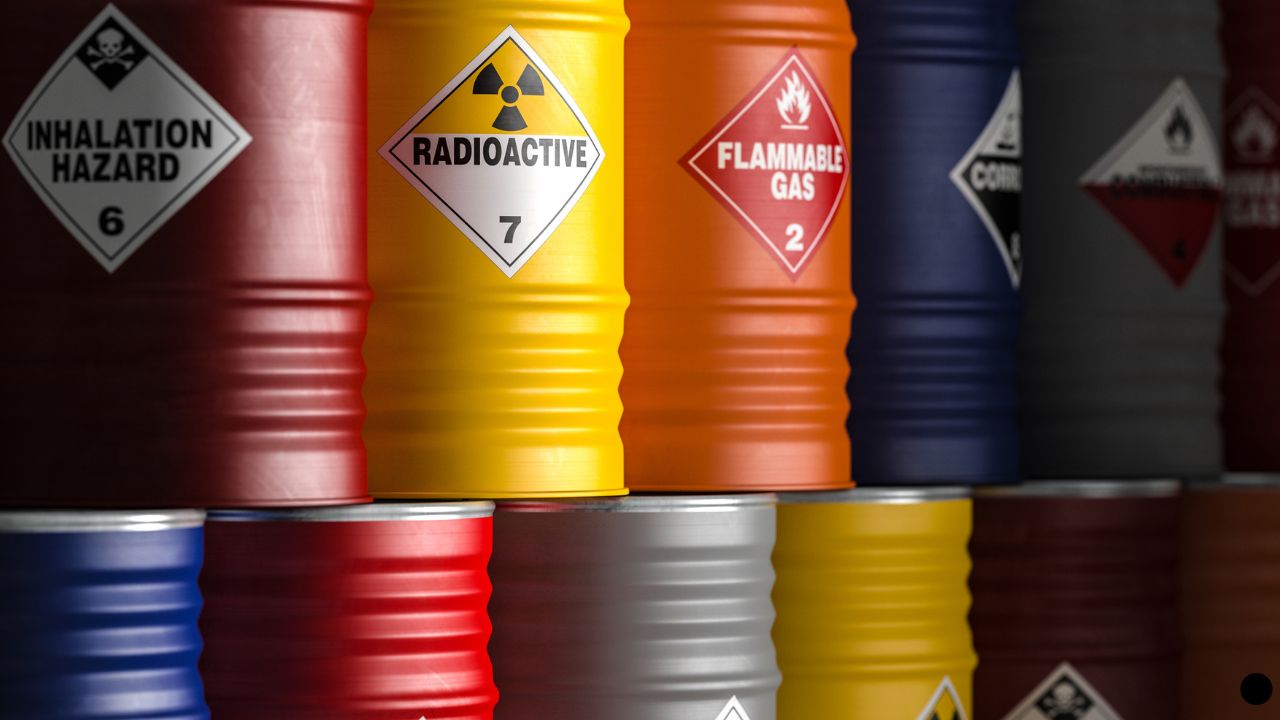
Disinfection Byproducts
Source: Formed when chloramine disinfectant (used by Lubbock) reacts with naturally occurring organic matter in source water from lakes and groundwater
Health Effects: Including trihalomethanes and haloacetic acids, long-term exposure may increase bladder cancer risk and affect liver, kidney, and central nervous system
Current Status: Monitored regularly with compounds detected within EPA legal limits but some exceed health organization guidelines
Please read – our information
The information presented on cleanairandwater.net is compiled from official water quality reports, trusted news sources, government websites, and public health resources. While we strive for accuracy and thoroughness in our presentations, we are not scientists, engineers, or qualified water quality professionals.
Our mission is to present water quality information in an accessible, real-world format that helps people understand what’s in their water and make informed decisions about their health and safety. We believe that complex environmental information should be available to everyone in a format that’s easy to understand.
We make every effort to ensure our content is current and accurate, but we cannot guarantee that all information is complete or error-free. This website should not replace official communications from your local water utility or health department. We always recommend consulting official sources for the most up-to-date information regarding your specific water system.
Clean Air and Water is not liable for any unintentional errors, omissions, or outdated information. The content on this site is provided for informational purposes only and should not be considered professional advice.


